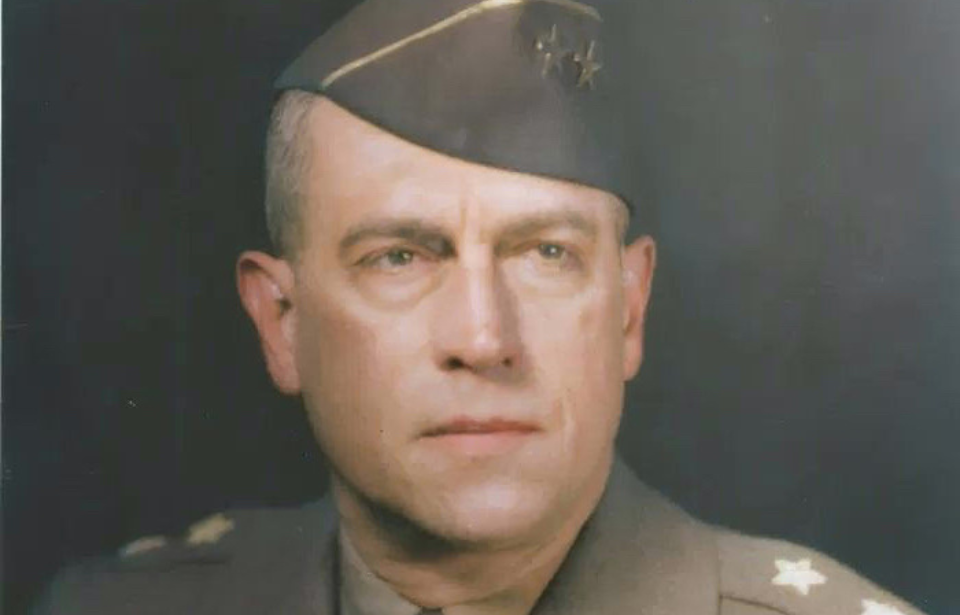Maurice Rose was born to serve
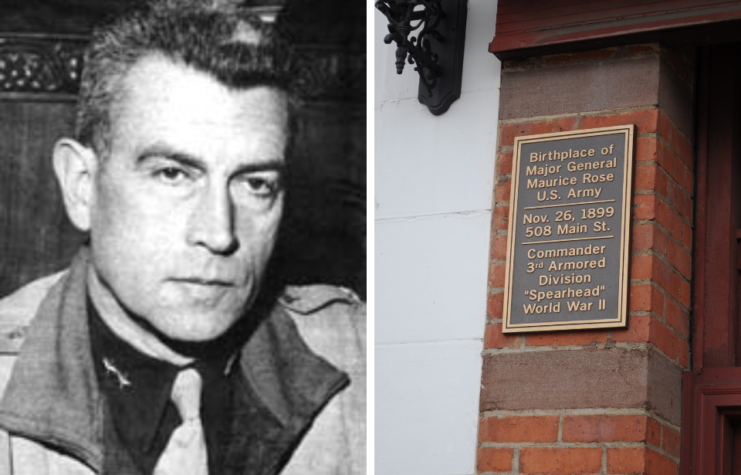
At just 17, in 1916, Rose altered his age to enlist as a private in the Colorado National Guard, eager to take part in the Pancho Villa Expedition. However, his true age was soon discovered by his commander, leading to his discharge six weeks later.
Unfazed, Rose enlisted again in 1917 with his parents’ consent. Once more, he adjusted his age in an effort to qualify for Officer Candidate School (OCS). His determination was rewarded when he graduated four months after the United States entered the First World War. Rose was commissioned as a second lieutenant in the U.S. Army Reserve and given command of a platoon in the 353rd Infantry Regiment, 89th Infantry Division.
After training at Camp Funston in Kansas, Rose earned a temporary promotion to first lieutenant. By late May 1918, during the closing months of the war, the 89th Infantry Division was deployed to France.
Maurice Rose’s service during World War I
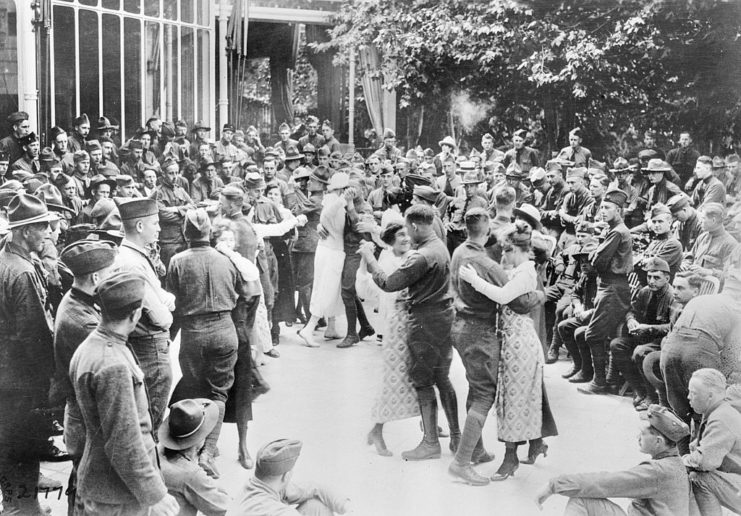
Maurice Rose’s division completed additional training in Europe before taking up position near Metz, preparing for the Meuse-Argonne Offensive. During a German artillery barrage, Rose was hit by shrapnel, suffering injuries. Although he experienced a concussion, he refused evacuation. Eventually, he was removed from the field after collapsing from exhaustion.
After only a few days in the hospital, Rose departed against medical advice to rejoin his unit. Medical officials, unsure of his location, mistakenly marked him as killed in action (KIA) and sent a letter to his parents reporting his death. This error was corrected once Rose was located.
Rose continued to serve with the 353rd Infantry Regiment for the remainder of the war and remained in Germany following the Armistice. He returned home in 1919 and worked as a traveling salesman until he was recalled to active duty as a first lieutenant. The following day, he was promoted to captain, serving with several regiments at Fort Douglas, Utah, before becoming the adjutant of the 38th Infantry.
Throughout the 1920s and early 1930s, Rose served as an instructor for the Reserve Officers’ Training Corps and the New Mexico National Guard. He was promoted to major in 1936, and in 1939, he was assigned to Fort George G. Meade, Maryland, as an instructor at the Third Corps Area Command and Staff School.
Rising up the military ladder during World War II
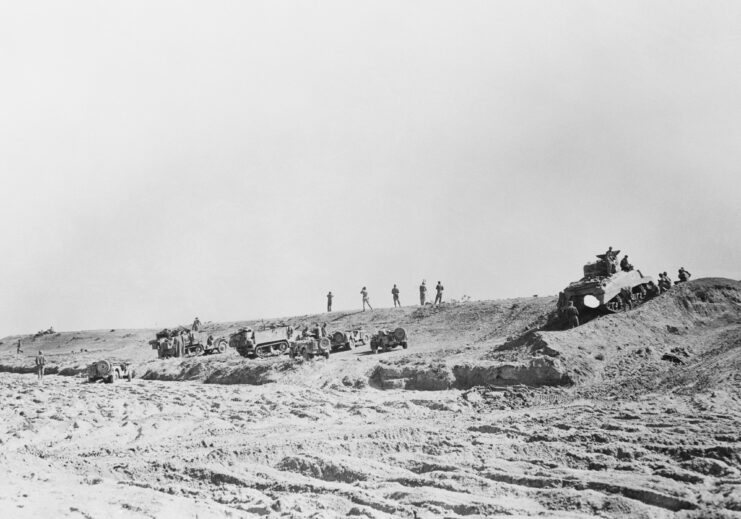
Maurice Rose was stationed at Fort Knox, Kentucky when the United States entered the Second World War in 1941. Promoted to lieutenant colonel, he commanded the 3rd Battalion, 13th Armored Regiment, before assuming the role of executive officer of the 1st Armored Brigade, 1st Armored Division. A newspaper reporter spotted Rose during brigade training and dubbed him as “probably the best-looking man in the army.”
In 1942, Rose deployed to North Africa with the 2nd Armored Division and quickly rose to the rank of colonel. The Americans achieved victory over German forces in Tunisia, where Rose played a significant role in negotiating the terms of the German unconditional surrender alongside Generalmajor Fritz Krause.
Rose achieved the rank of major general after Operation Husky
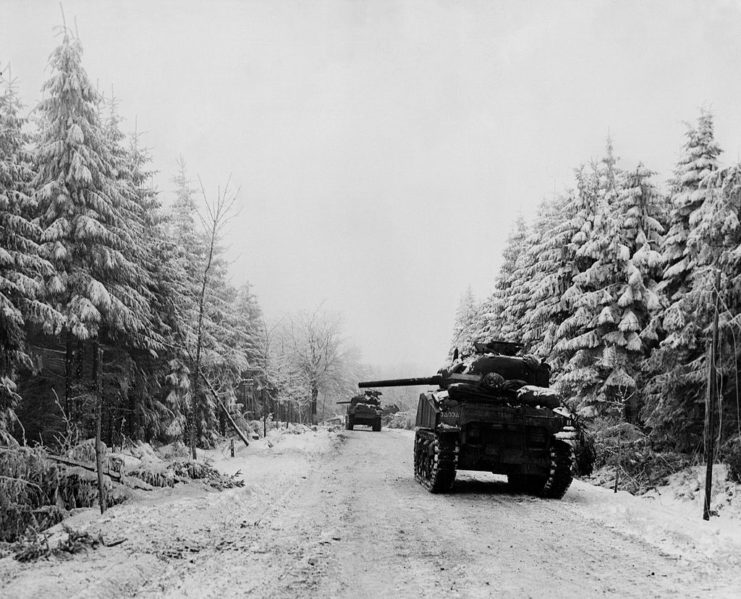
Continuing with the 2nd, Rose steadily rose through the ranks, achieving the position of brigadier general. He led his unit in Combat Command A during the Sicily campaign and, in 1944, assumed command of the 3rd Armored Division, taking over from Maj. Gen. Leroy H. Watson. During this time, Rose was also promoted to major general.
After the success of Operation Overlord, Rose and his forces advanced into Belgium, becoming the first tank unit to cross into Germany—a significant milestone on the German front. During the Battle of the Bulge, the 3rd Armored Division played a crucial role in repelling the German offensive in the Ardennes before advancing toward Cologne.
Maurice Rose’s senseless death
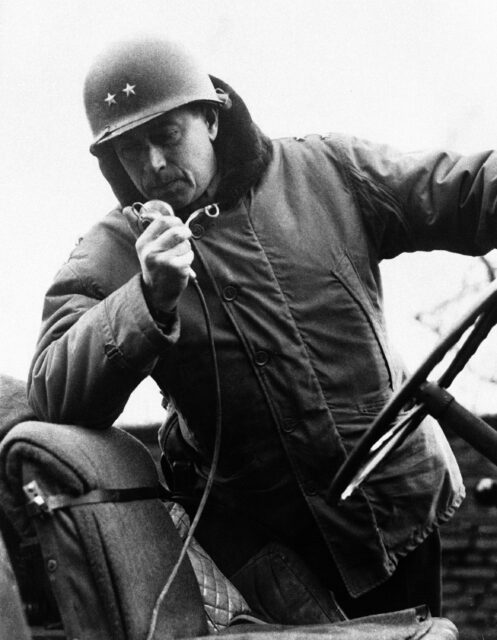
On March 30, 1945, while moving through a wooded area near Paderborn in northeastern Germany, the 3rd Armored Division received reports that German forces were delaying their supporting units. As they attempted to pull back, they were ambushed and encircled by the SS Panzer Brigade Westfalen.
To evade the advancing German troops, Maurice Rose and his men drove their Jeep toward a main road crowded with German Tiger II tanks. The driver tried to maneuver around them, but one tank blocked their way, allowing only the lead Jeep to escape.
Rose and his aide, Maj. Robert Bellinger, exited their Jeep as a German tank commander opened his hatch. With their hands raised, they approached, but the commander aimed a machine pistol at Rose, who was reaching for his holster. A burst of gunfire followed, with 14 rounds striking Rose, killing him instantly.
Bellinger and the others managed to escape and later returned to retrieve Rose’s body. The decorated officer and courageous leader lost his life just months before the war’s end. He was laid to rest at the Netherlands American Cemetery and is remembered as the highest-ranking American killed by enemy fire in Europe during the war.
Rose’s legacy after the war
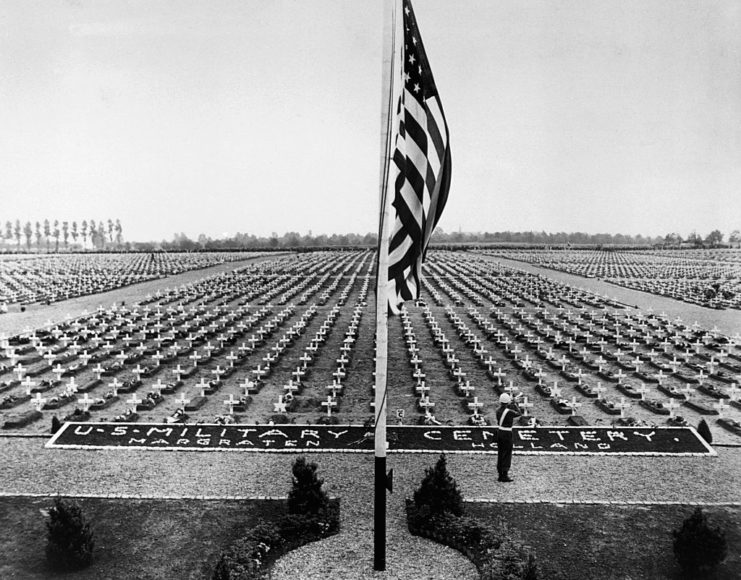
US leaders were outraged over the senseless death of such a decorated commander, and a brief investigation was opened to determine if he was the victim of a war crime. However, it was impossible to determine if Rose had been reaching for his pistol to surrender or retaliate. The German tank crew also had no idea he was a high-ranking officer. As such, the case was ultimately dismissed.
Want War History Online‘s content sent directly to your inbox? Sign up for our newsletter here!
Maurice Rose was survived by his wife and two sons, both of whom were named after the career military man. Maurice “Mike” Rose followed in his father’s steps, serving in World War II, Korea and during the Vietnam War, while Maurice Roderick “Reece” Rose opted to pursue a career in law enforcement.
